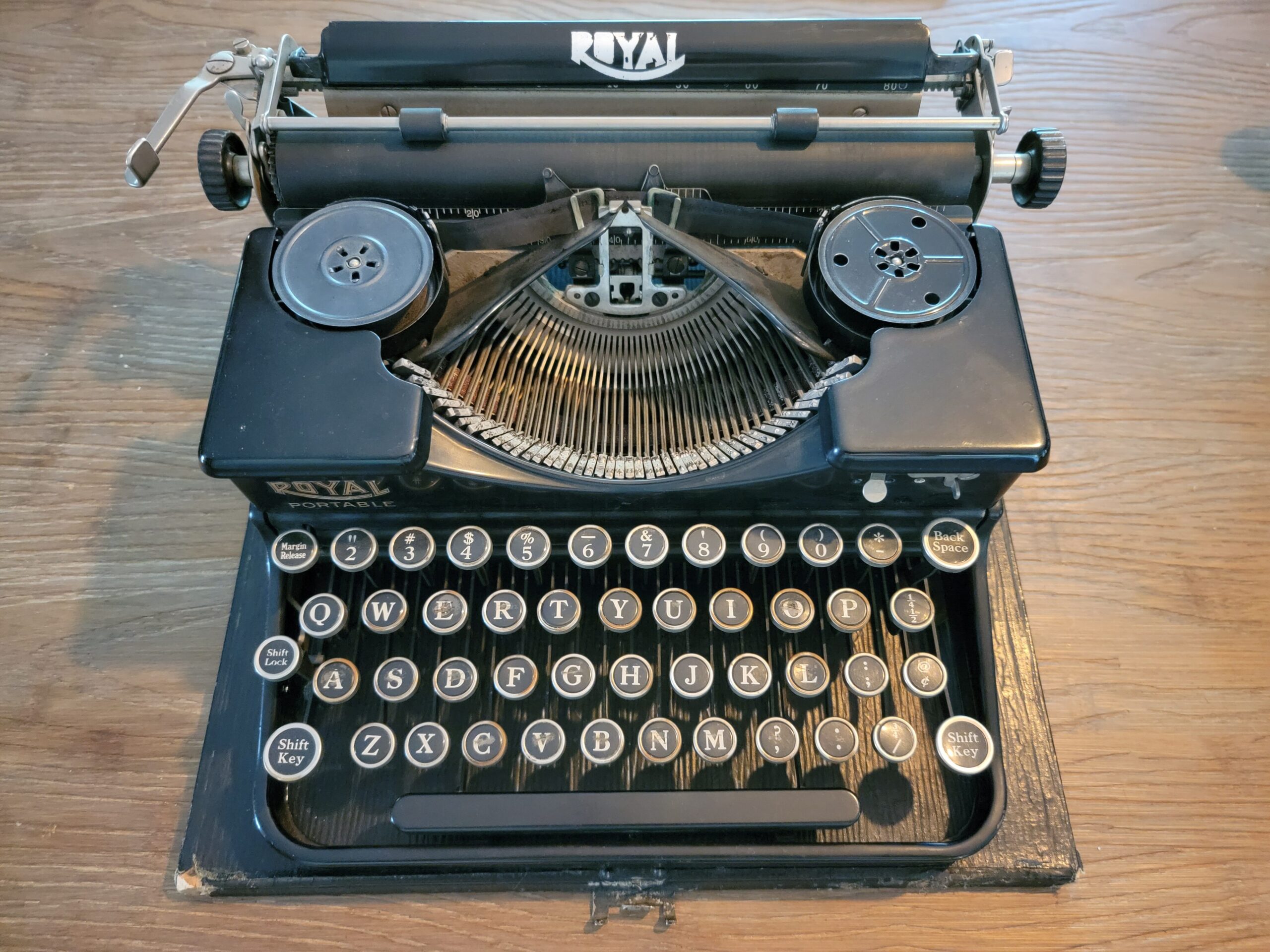It’s been said many times that the blank page is like a canvas. Frankly, a blank page is much more like a desert. It can be the most dreaded thing for any writer to face, being vast, empty, and seemingly infinite. Ironically, it’s what a writer faces all the time.
When you set yourself to writing, you may have an idea of what you want to say, but the words don’t come to you. The blank page will stare back at you, taunting you with its emptiness. Sometimes, this imaginary taunting can become overwhelming.
The blank page can be both exhilarating and terrifying. You know you have the power within you to create something amazing. You come into writing this piece with a wealth of knowledge on the subject, and plenty of supplemental information at your fingertips should you need it. Before you is the opportunity to make use of all that you’ve learned and thought about. Now it’s time to craft an essay or story that can entertain and inspire others.
But with these riches of creativity and spoils of mastery, you’re also acutely aware of the pressure to create something great. You need to fill this blank slate with something that’s worth reading.
One thing that helps me when faced with what I like to call “blank page syndrome” is to remind myself that writing is a process. Writing isn’t something that usually happens all at once, but unfolds over time. You don’t need all the answers right away. Start small with a few words or sentences, then build from there. Each word you add is like another step through the desert, bringing you closer to my destination.
So, when you have a blank page, always go into writing with something. If you’re stuck for what to write, start with something as simple as today’s date. Then, list some things that are on your mind. If your inspiration isn’t sparked by any of these, list some of your favorite things. It’s likely you’ll have something to write about them. Don’t worry about connecting them with anything or even each other. The idea is to simply get words on the page so you have something to work with right away.
By that point, you’ve likely filled a page with enough writing ideas for about a week. This sort of brainstorming is how I daily practiced writing for years. I can say from personal experience that it works. Yet, I don’t really brainstorm anymore, nor do I use many prompts. Recently, I’ve found it’s okay to just let ideas come to you as they will.
Unless you desperately must fill a need for some assignment, you don’t even have to fill a page when you write. You just have to keep the act of writing as a habit. As you think of things, jot them down in a notebook or some note-taking app. So, when you’re starved for ideas later, you still have them. Then, you could fill many pages just from those few notes.
More often than not, as long as you go into any writing with a purpose, you’ll fill that first page. It’s the same as it is with any art form. In photography, just point at whatever seems interesting to you and shoot. In drawing or painting, just doodle for a bit, then see what comes from that. You’d be surprised how in seemingly lacking moments of inspiration you can find the beginnings of your best creative work.
When you’re facing a blank page, try not to think of it as blank at all. See the page in front of you as a beacon of potential and possibilities. Every word you write opens up new avenues for your writing to take. I rarely know where I’m going at first, but then as I write, I begin to see the path ahead of me.
Just when you think you can’t fill a page, you probably will.
~ Amelia Desertsong
